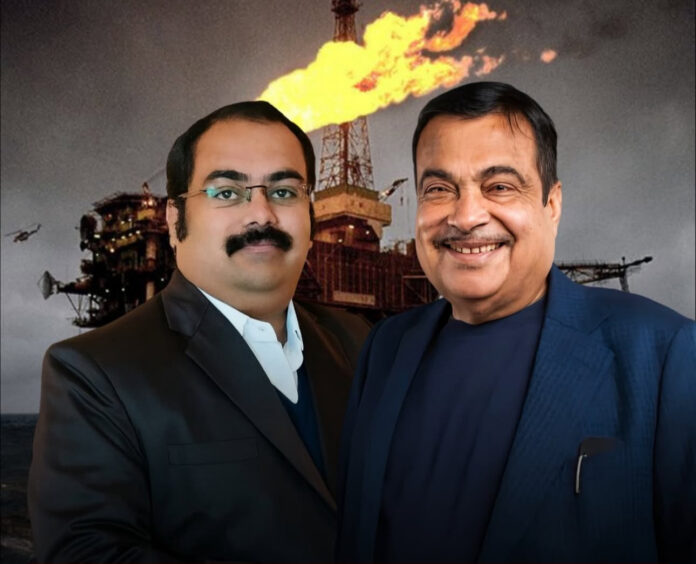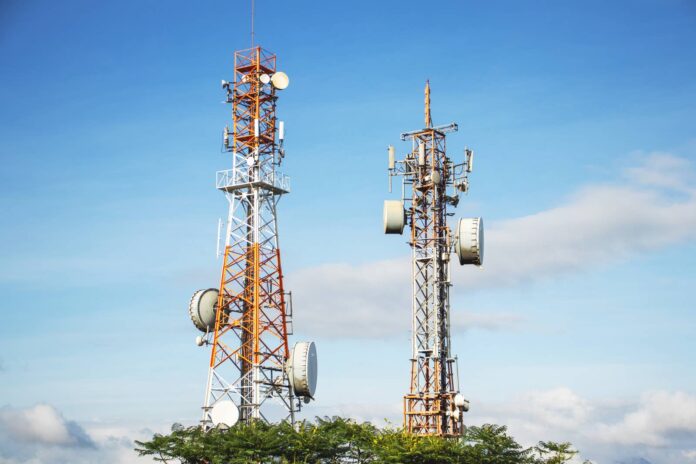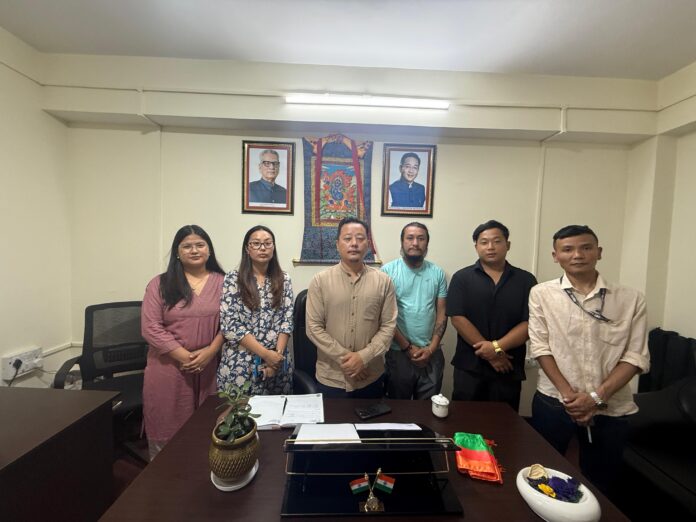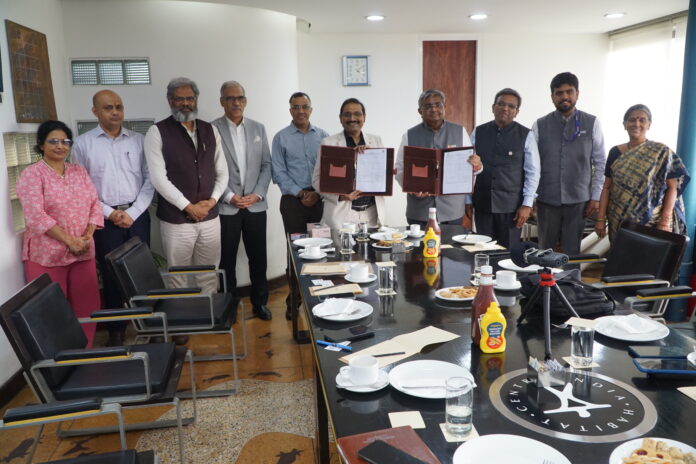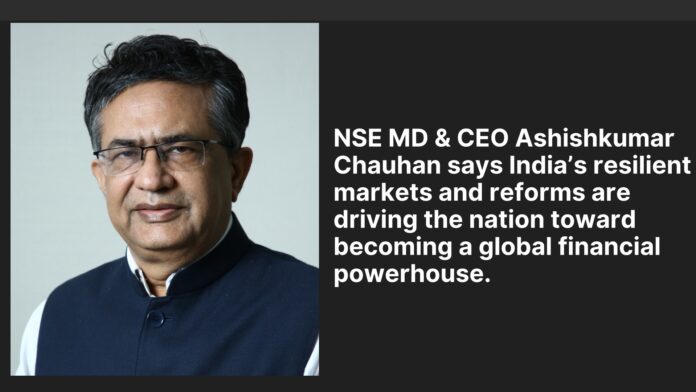NSE has signed a Memorandum of Understanding (MOU) with the India Habitat Centre (IHC), New Delhi to collaborate and conduct a series of financial literacy and investor awareness programs for a diverse set of potential and existing investors associated with IHC. The partnership reflects the shared vision of both organizations—to empower citizens with essential financial knowledge and skills, enabling them to make informed decisions in the capital markets.
About the Initiative
The India Habitat Centre (IHC), conceived as a unique institution to foster collaboration among diverse organizations working in habitat-related areas, has become a hub for professionals, policymakers, and citizens engaged in social, cultural, and developmental activities. Leveraging this ecosystem, NSE and IHC will roll out structured Financial Literacy and Investor Awareness Programs for IHC employees and staff, visitors to IHC (members, participants in conferences, cultural events, and exhibitions) and broader community groups identified through IHC’s outreach network.
The sessions, facilitated by NSE, will cover essential topics such as financial planning, basics of capital markets, mutual funds, investor rights and responsibilities, fraud prevention, and safe investing practices and more. The programs will be conducted in multiple formats—seminars, workshops, and webinars—ensuring broad accessibility.
Scale and Impact
NSE has been at the forefront of driving financial literacy and investor awareness across India. In FY25 alone, NSE scaled its Investor Awareness Programs (IAPs) to over 14,600 sessions, reaching more than 8 lakh participants across all states and Union Territories. These programs reached diverse sections of society, including students, women, rural investors, and first-time participants in the financial markets, through physical, digital, and hybrid formats.
With this partnership, we aim to deepen the reach among urban professionals and communities associated with IHC, thereby creating a multiplier effect for responsible investing in India’s growing economy.
Speaking on the collaboration, Dr. K.G. Suresh, Director, India Habitat Centre said: “The India Habitat Centre has always been committed to creating spaces for meaningful dialogue, learning, and societal progress. Partnering with NSE to bring structured financial literacy and investor awareness programs aligns with our mission. With the growing complexity of financial products and the rapid rise of digital platforms, it is critical that people are equipped with the right knowledge to participate safely and effectively in India’s financial markets. We are delighted to work with NSE to bring these impactful sessions to our community.”
Shri. Ankit Sharma, Chief Regulatory officer, NSE, said: “At NSE, we believe that financial literacy and investor awareness is the first step towards building an empowered investor community. India Habitat Centre, with its wide and diverse outreach, will facilitate us in taking forward this mission. Together, we hope to create an inclusive platform participants can acquire skills in managing money, understanding investment avenues, and protecting themselves from financial frauds. Our investor awareness initiatives have already reached nationwide, and this collaboration further strengthens our resolve to make financial knowledge and investor awareness accessible to all.”
The India Habitat Centre (IHC) in New Delhi stands as the nation’s premier hub for culture, policy, art, and sustainable urban dialogue.
NSE India, or the National Stock Exchange of India, is the leading stock exchange in the country and one of the largest in the world by market capitalisation.



